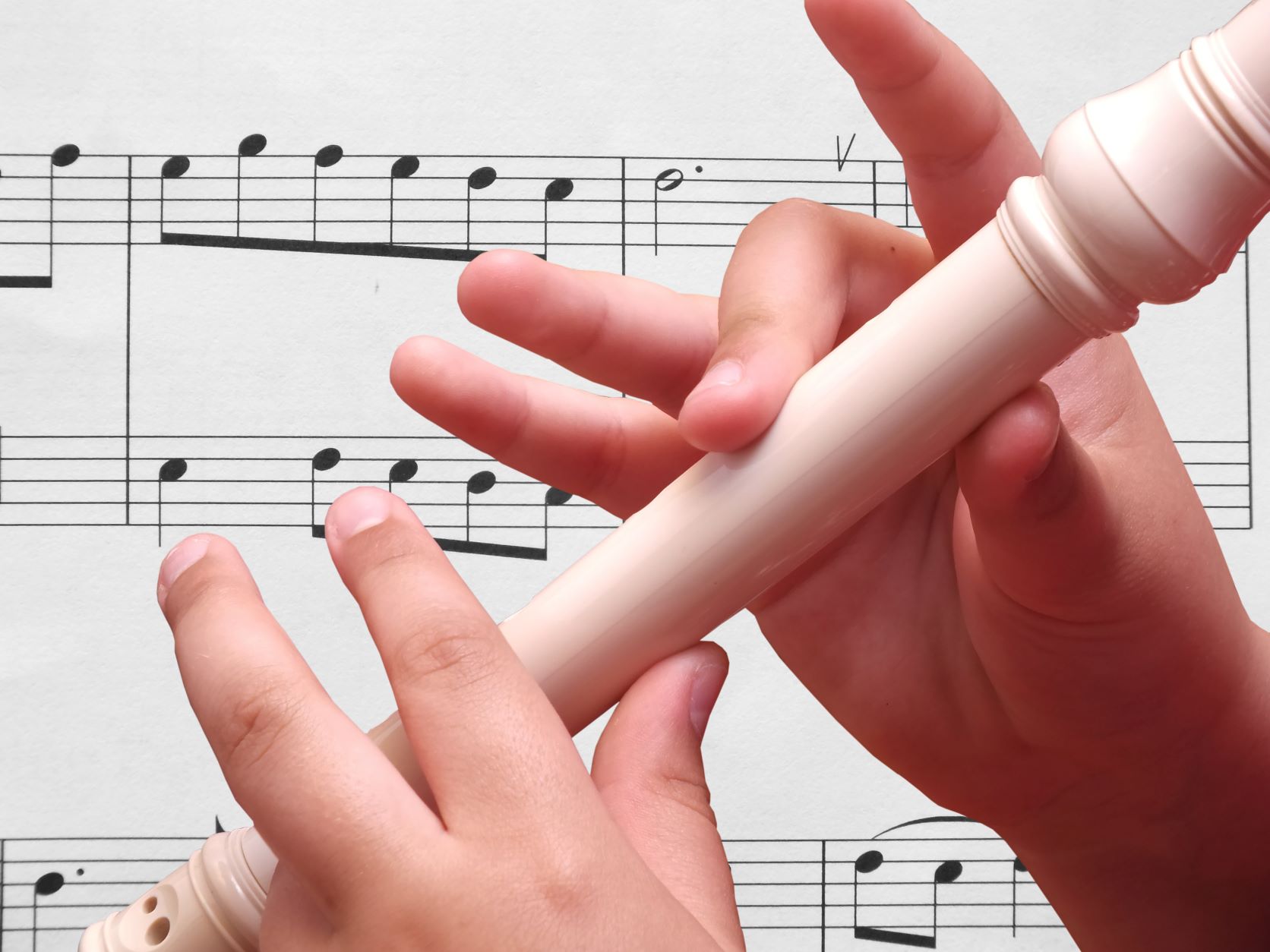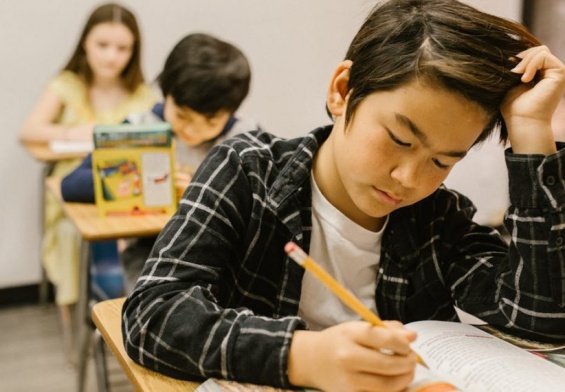As young students return to school in the fall, some may be receiving formal music classes for the first time. For many of those kids, this includes learning to play the recorder, which, together with the piano/keyboard, is one of the most significant instruments in music education.
To the chagrin of parents worldwide, schools began using recorders in elementary music classes in the twentieth century. How did the recorder become the instrument of choice for primary school music education? Is it effective in preparing children to play other instruments?
The quick answer is yes. Young children can use recorders to learn music theory, practice creative thinking, and develop finger dexterity. These abilities will be useful in piano lessons when they are older.
History of the music recorder
The original flute was most likely a recorder. It’s called a “internal duct flute” because it has a whistle mouthpiece. Recorders are available in a variety of sizes and are traditionally made of wood and ivory. Most teachers nowadays give their students molded plastic recorders that are inexpensive, durable, and, surprisingly, have superior sound quality when compared to more expensive recorders. Many cultures have flute-like pipe instruments, but the recorder is generally associated with Western European culture.
The recorder dates back to the Middle Ages in Europe and was a popular instrument during the Renaissance and Baroque periods. Beautiful concertos for the recorder were written by composers such as Monteverdi, Bach, Purcell, and others. Recorder Concerto in C by Vivaldi is a far cry from little Bobby’s squawking rendition of “Mary Had A Little Lamb.” According to legend, King Henry VIII owned 76 recorders, also known as English flutes. The introduction of the oboe, clarinet, flute, and other wind instruments, however, reduced its popularity.
During the Classical and Romantic periods, the recorder fell out of favor. According to some, it was abandoned when it became “ungentlemanly” to play an instrument with a mouthpiece. According to Renaissance author Baldassare Castilgione, men should only play the recorder in private, preferably in the presence of a woman. Carl Orff, the German composer who wrote Carmina Burana, decided to experiment with a soprano recorder as a music education tool in the 1900s. To make learning more enjoyable for small children, Orff advocated for teaching methods that focused on rhythm, movement, and creative thinking.
History of the music recorder in school
During the 1950s, a series of factors converged to bring the recorder into public classrooms. In the early 1960s, there was a rebirth of interest in Baroque music in the United States, which led to the formation of the American Recorder Society. At the same time, the Orff Schulwerk way to teaching music, an approach to music instruction, gained prominence (in which the recorder plays a major role). The Schulwerk approach emphasized participation and creativity.
The fact that it is a simple, direct melody instrument makes it ideal for young students. It is feasible to get a good sound out of the recorder quickly with appropriate instruction. The soprano recorder is also a good size for small children’s hands. It’s also a highly portable instrument. Unlike, say, a piano, which not everyone can afford to have at home, the kids can easily transport it from home to school.
Benefits of children learning to play the recorder
Parents moan as their youngsters proudly remove small plastic recorders from their bags and begin making noises that can only be compared to the squawks of a dying seagull. But don’t give up! There are numerous advantages to studying the recorder that make those annoying squawks worthwhile.
- The recorder is good for brain development: Children must learn to coordinate their breath, fingers, and tongue as they learn to play the recorder. This form of learning is beneficial to brain development. It won’t make your child smarter, but it will help them acquire skills that will benefit them throughout their education.
- The recorder gets children ready for more complex band and orchestra instruments: Many band instruments necessitate proper breathing, posture, tonguing, embouchure, and hand placement. The recorder aids in the teaching of optimal breathing, tonguing, and hand positioning methods to young children. It’s a very forgiving instrument that will play the correct notes even if you don’t have perfect form.
- When playing the recorder, children must concentrate on several things at once: breathing, finger placement, tonguing, remaining with the beat, and even reading music. They will get experience following along with music, playing in a group, and multitasking if they continue with music instruction (with any instrument).




